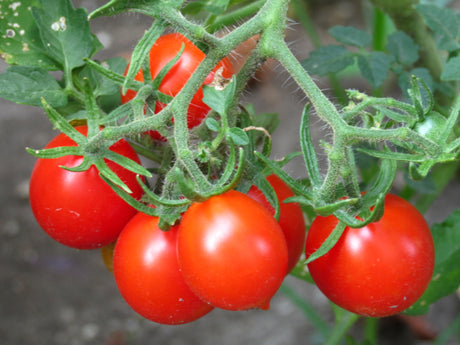
Growing Heirloom Tomatoes from Seed
Are YOU ready to get planting? Emerald Green Heirloom Tomato Have you already started planting but need a little bit of help? Mary's Heirloom Seeds is constantly adding to our...
Mary Smith |
Welcome to our store Learn more

Are YOU ready to get planting? Emerald Green Heirloom Tomato Have you already started planting but need a little bit of help? Mary's Heirloom Seeds is constantly adding to our...
Mary Smith |

It's a never-ending adventure here on the homestead and at Mary's Heirloom Seeds. We are constantly working to share education, DIY info while providing tip-top customer service and AMAZING seeds! ...
Mary Smith |

It's a never-ending adventure here on the homestead and at Mary's Heirloom Seeds. We are constantly working to share education, DIY info while providing tip-top customer service and AMAZING seeds! ...
Mary Smith |
Over 1,000 varieties of Heirloom Seeds
Free Shipping on Qualifying orders of $20 or more
Planting guides to help you grow a successful garden